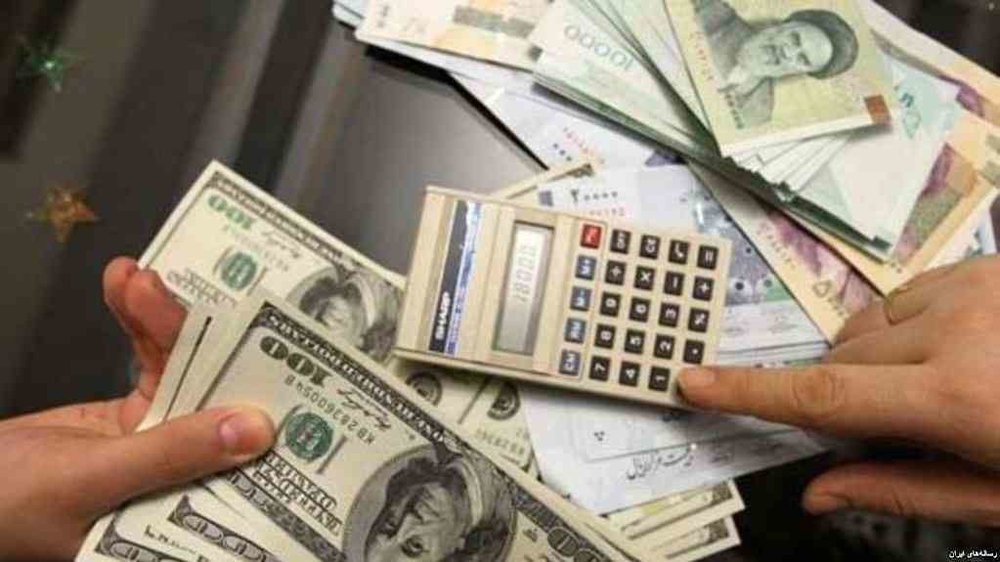Reactions to rial rally

Simultaneous with the decrease in foreign exchange rates and regain of rial, commencing as of Monday evening, other markets including gold, mobile phone and auto have shown a green light to the prices decline.
Since Tuesday, prices have started to slide at these markets in parallel with the rush of the Iranian greenback owners to foreign exchange shops for selling their foreign currencies in the fear of a harsher fall in the forex rates.
As reported, mobile phone prices, which had increased due to forex rates rise, have decreased above 20 percent since Tuesday and are expected to witness a sharper drop to their real prices. The same has happened at the gold market, each Bahar Azadi gold coin was traded at about 41m rials on Thursday, about 20 percent down from its previous 51m rials last Saturday.
The reaction of foreign currency and asset owners to rial recovery and anticipation of the future of different domestic economic markets varies, however.
There are a group, who await the forex rates to slip back to four for five months ago, when a dollar was traded at about 45,000 rials- from its highest 170,000 rials to 180,000 rials on last Saturday and about 140,000 rials on Thursday. They stand in long queues to exchange their foreign currencies for rial, investigating other markets than forex for future investments.
On the other hand, are the group who believe the market is experiencing a transient cooldown and the prices will bounce back to their peak and even higher after a short period. They are obsessed with the fact that Iran is to experience a new wave of U.S.-led sanctions in November, following being hit by the first round of sanctions posed in early August. They still prefer to change rial for different types of assets and foreign currencies.
There are also a group in-between, who estimate a high risk for selling or buying their assets agitated by the volatility of different domestic markets. Standing still, they prefer to just observe the ongoing events.
Of course, there was a news on Wednesday, the International Court of Justice (ICJ) ordered the U.S. to lift sanctions on Iran that affect imports of humanitarian goods and products and services linked to the safety of civil aviation. Reacting to the verdict, Iran called the sanctions against Iranian people and citizens illegal and cruel, while U.S. Secretary of State Mike Pompeo announced on the same day that Washington is terminating a 1955 friendship treaty with Tehran, condemning the court’s ruling on U.S. sanctions, accusing Tehran of abusing ICJ for political ends. The time is not ripe yet to find a clear understanding about the outcomes of the international court’s verdict for the two sides and their final decisions and reactions to it, since the rulings of the ICJ are not enforceable, according to some experts.
Regarding the all said above, in case government’s ability in controlling foreign exchange rates continues and recovery of rial goes on, people would be assured about the regain of the value of rial against foreign currencies and this would re-calm the inflamed markets and break the bubble in prices of cars, apartments, gold, and etc.
Of course, prices are predicted to decline, if the equilibrium between supply and demand is not disturbed by intervening factors imposed by profit and rent-seekers.
For instance, at the auto market, any fluctuation in foreign exchange rate will hit the final prices of the imported cars, while in domestic car market the price setting story is totally different. The giant Iranian car-manufacturers can easily impact, positively or negatively, the market prices by controlling supply.
At the house market, the views are contradictory, too. Some predict that housing unit prices are to tumble as well, thanks to foreign exchange rates reduction. Vice versa, some say that the wandering liquidity, earned from exchanging foreign currencies with rial, will find its way to the housing sector and the increase in demand will push the prices upper. It is vital to note that the nature of housing market is totally different from that of the foreign exchange. The rampant forex rates, as said, were created majorly by dealers who did their job through playing psychological games in a bid to make lofty profits for their own pockets. However, the house dealers are mostly not big fans of earning over-night profits, since they are aware of the nature of this market which bears fruit in the long-run.
The flourishing capital market, indices of which have generally experienced a positive trend simultaneous with the ever-increasing foreign exchange rates, seems a better playground for the wandering liquidity of those short-term profit-seekers.
The role of governmental market regulators, in form of committees supervising various markets, seems of significance under current circumstances. The government should have an upper hand in controlling the markets to make players confident that they will again experience a calm, transparent and predictable market with no more rampant inflation.
However, the administration of President Hassan Rouhani has been lashed out by some critics, being accused of interfering with the recent unrest in Iran’s forex market and the unprecedented rial depreciation. Rejecting the idea and calling it a big lie and slander, President Rouhani announced on Wednesday that the government has the power to apply much suitable approaches for supplying its required foreign currencies than being involved in such scenarios. He also vowed that the administration is able to and will control the forex market and pull back the rates to their real level, as it has done so since the beginning of the previous week.
HJ/MA
